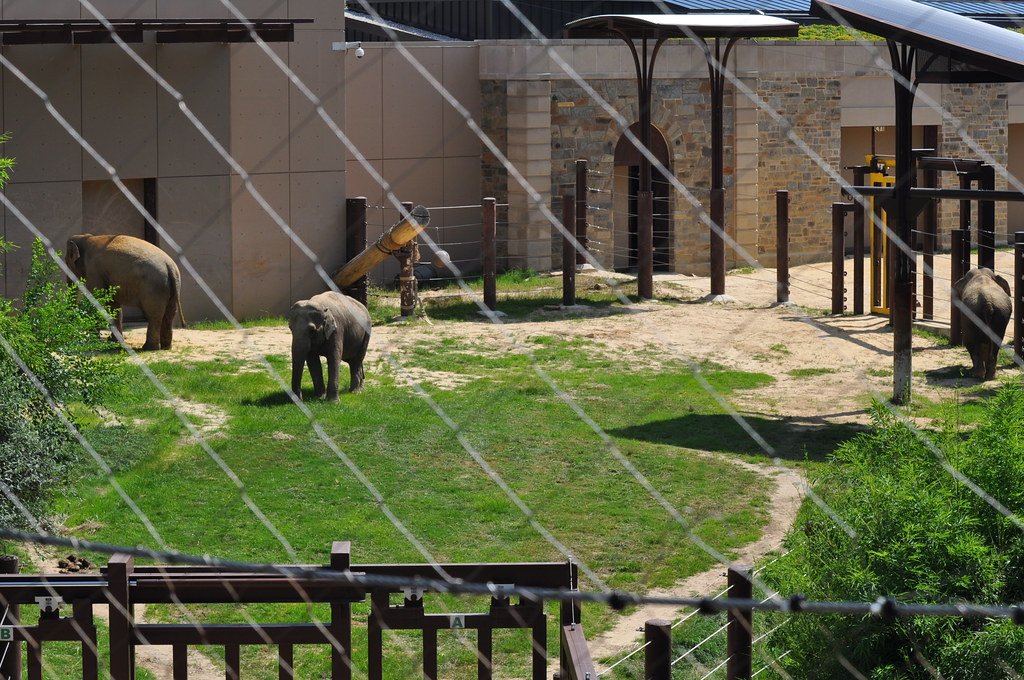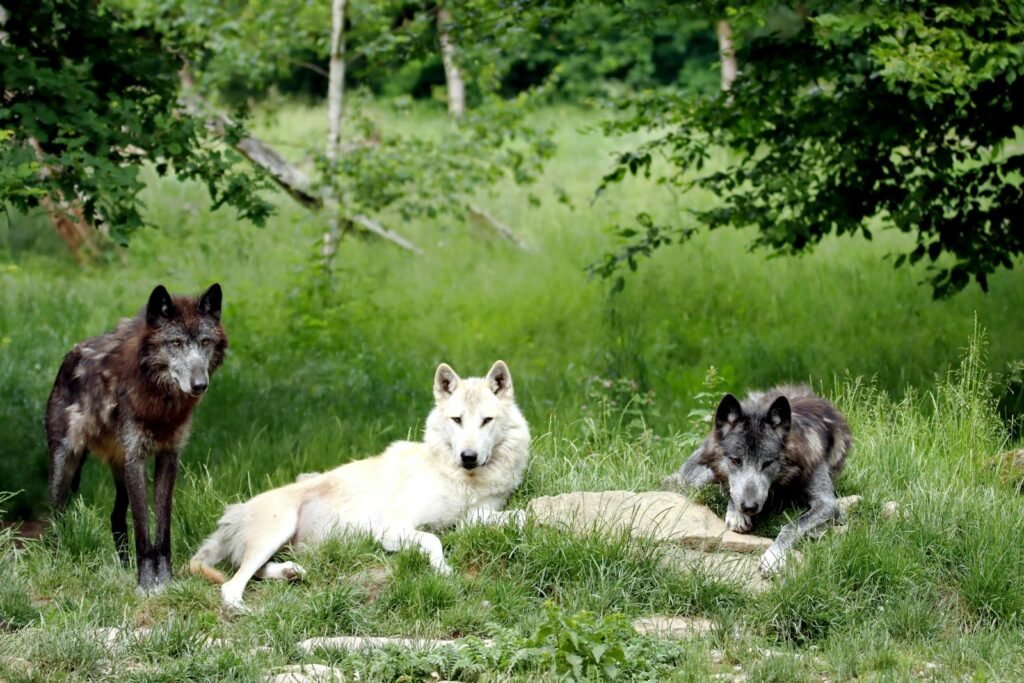Thunder cracks in the distance. Somewhere, a polar bear paces a shrinking patch of ice. Forests burn, oceans warm, and the orchestra of life quiets as species vanish at a rate never seen before. In this whirlwind of environmental upheaval, zoos—often seen as relics of the past—are stepping onto center stage with surprising urgency. No longer just places for Sunday strolls and childhood wonder, zoos are becoming lifelines for wildlife, laboratories for hope, and even classrooms for a world desperate to reconnect with nature. Could zoos be one of our most powerful allies in the race against climate change?
Guardians of Endangered Species
Zoos around the world have become sanctuaries for animals teetering on the edge of extinction. As habitats shrink due to rising temperatures and human expansion, many creatures find their last refuge behind the secure walls of a zoo. Notable examples include the California condor, once reduced to just 27 individuals in the wild, now steadily climbing in numbers thanks to intensive zoo-led breeding programs. These facilities offer safe spaces where animals can breed without the imminent threats of poaching, starvation, or environmental disasters. Zoos also maintain genetic records, ensuring that the population remains healthy and diverse, a crucial step in eventual rewilding efforts. In a climate-challenged world, zoos might be the final hope for species with nowhere else to turn.
Living Laboratories for Climate Science
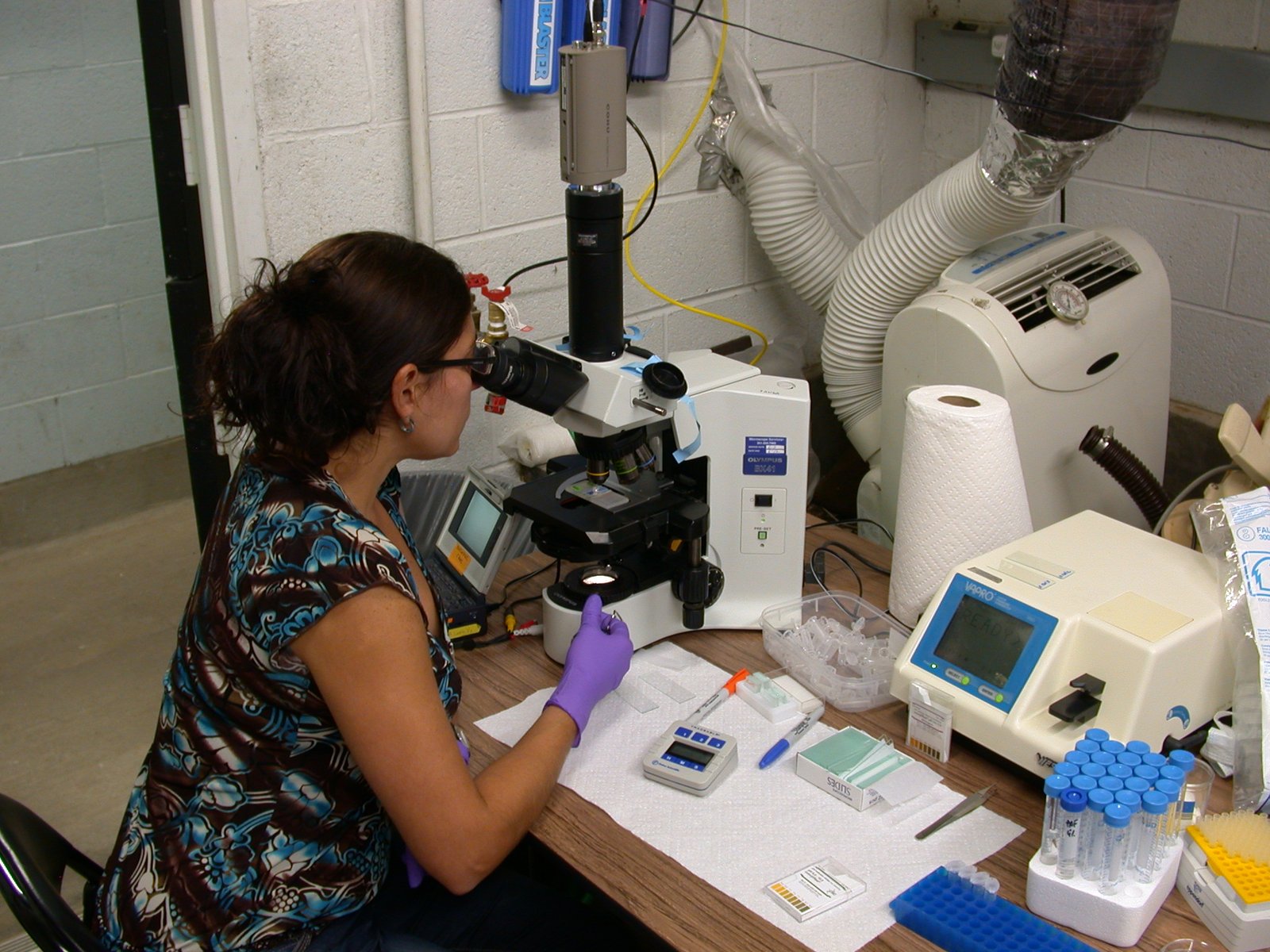
Zoos serve as real-world laboratories where scientists can observe how animals respond to environmental changes. Researchers study everything from altered migration patterns to changes in breeding behavior, gathering data that would be nearly impossible to obtain in the wild. This information helps conservationists predict how species might adapt—or struggle—as the climate shifts. Zoos also pioneer veterinary advances, testing new methods for disease control and nutrition that can be applied in wild populations. By closely monitoring animals in controlled settings, scientists gain insights that are vital for crafting effective conservation strategies.
Conservation Breeding and Reintroduction
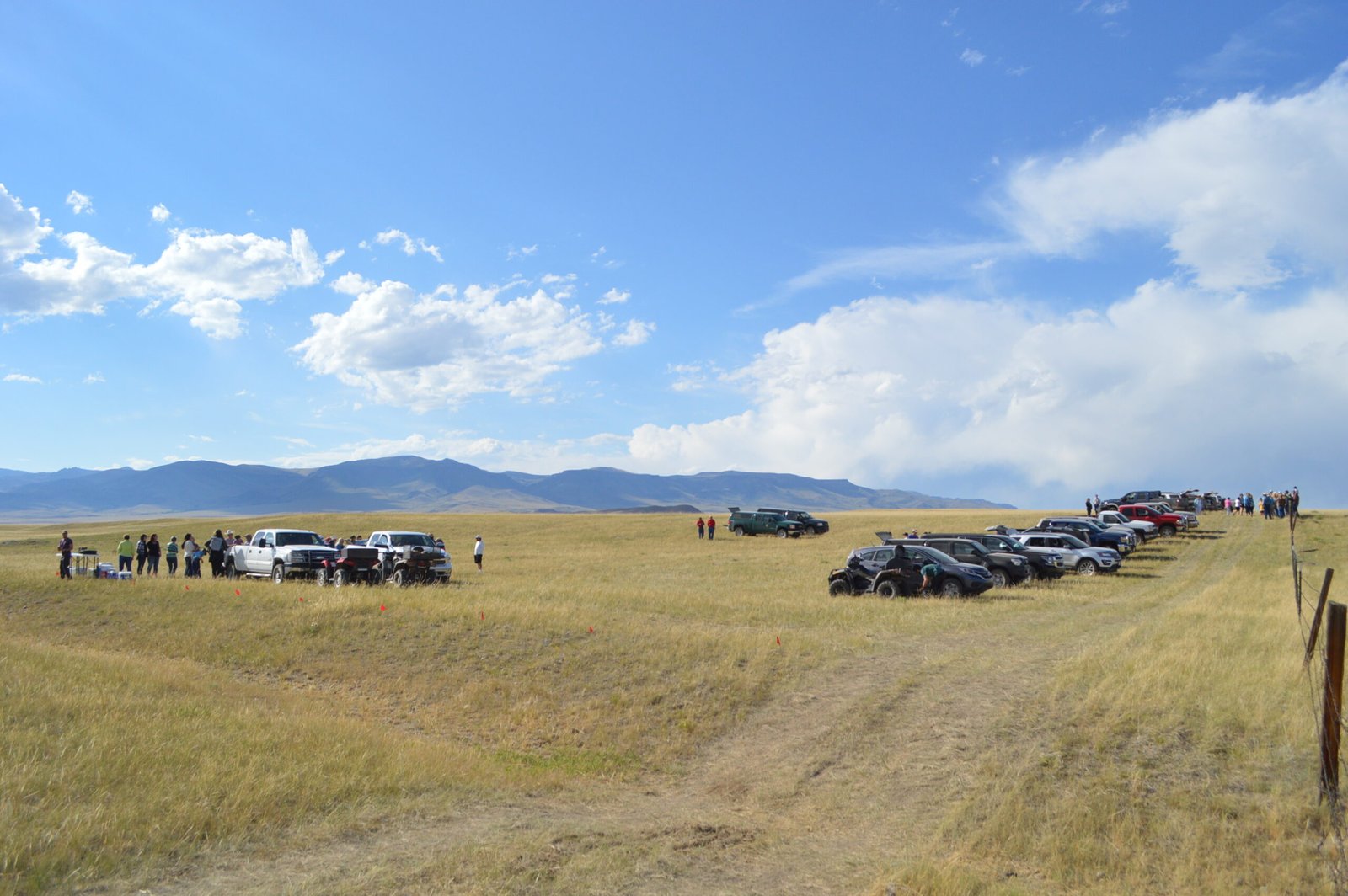
One of the most inspiring roles zoos play is in the breeding and reintroduction of threatened species. Programs like the European bison and black-footed ferret reintroductions have turned the tide for animals once thought lost. Zoos carefully manage breeding to avoid inbreeding and retain genetic diversity, preparing animals for eventual release into restored habitats. The process is painstaking but filled with hope; each animal released into the wild carries the potential to restore balance in struggling ecosystems. Zoos also teach animals survival skills, such as hunting and avoiding predators, to increase their chances of thriving once reintroduced.
Education for a Changing Planet
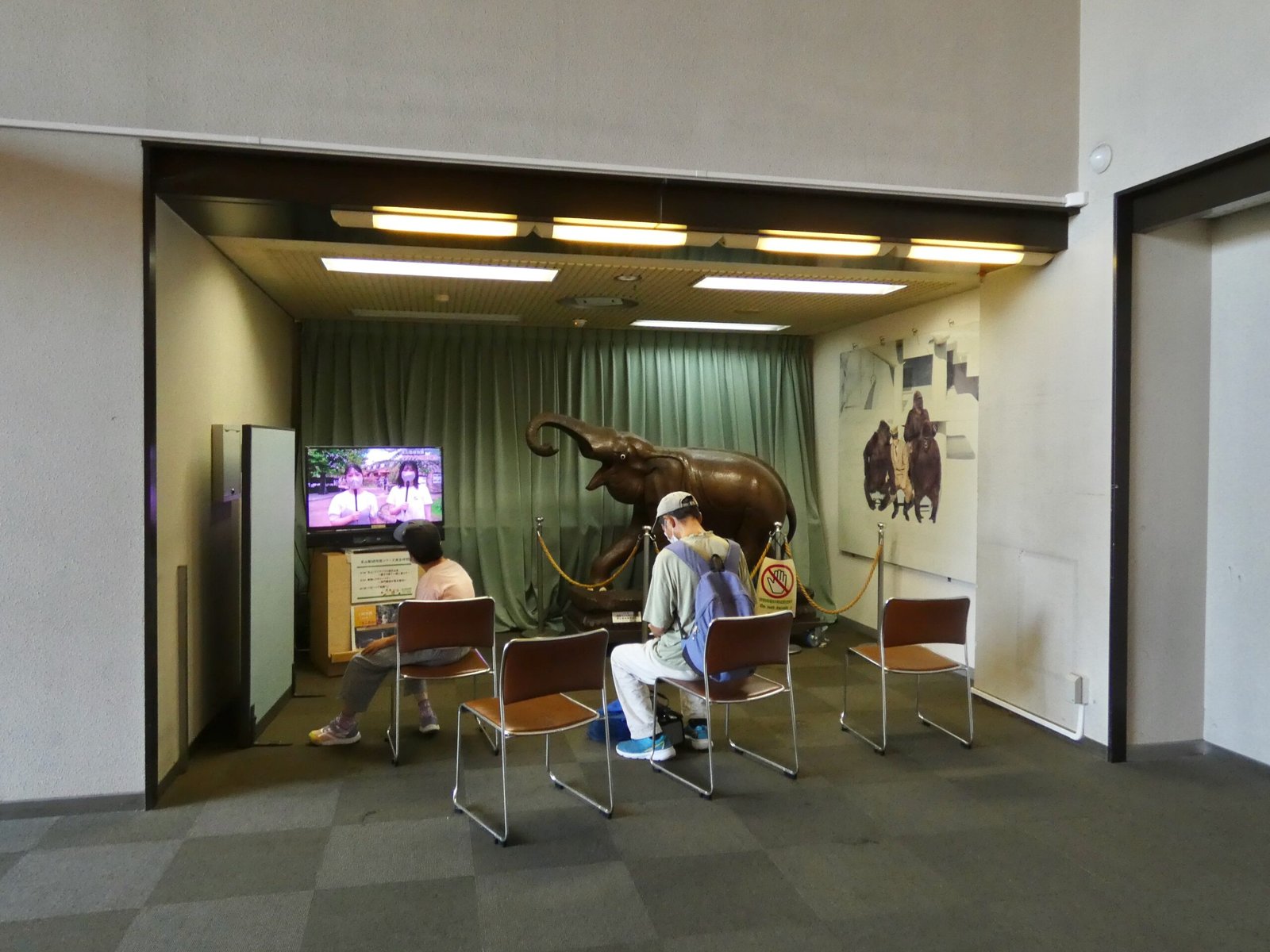
Education is one of the most powerful tools zoos wield in the fight against climate change. Millions of visitors, young and old, pass through zoo gates each year, coming face to face with creatures they may otherwise only know from screens or books. Interactive exhibits, guided tours, and hands-on programs open eyes to the urgent challenges facing wildlife and the planet. Zoos can spark curiosity and empathy, inspiring visitors to adopt more sustainable lifestyles or even pursue careers in conservation. Through storytelling and direct encounters, zoos make the abstract crisis of climate change deeply personal.
Inspiring Action and Advocacy
Zoos do more than inform—they mobilize. Many have launched campaigns encouraging visitors to reduce plastic use, support renewable energy, or protect local habitats. By connecting the fates of animals with everyday choices, zoos empower guests to become advocates for the planet. Some zoos partner with community groups to restore urban green spaces or participate in citizen science projects. These initiatives ripple outwards, turning curiosity and concern into collective action. When a child watches a sea turtle glide through water, they might just be motivated to speak up for cleaner oceans.
Refuges During Environmental Catastrophes
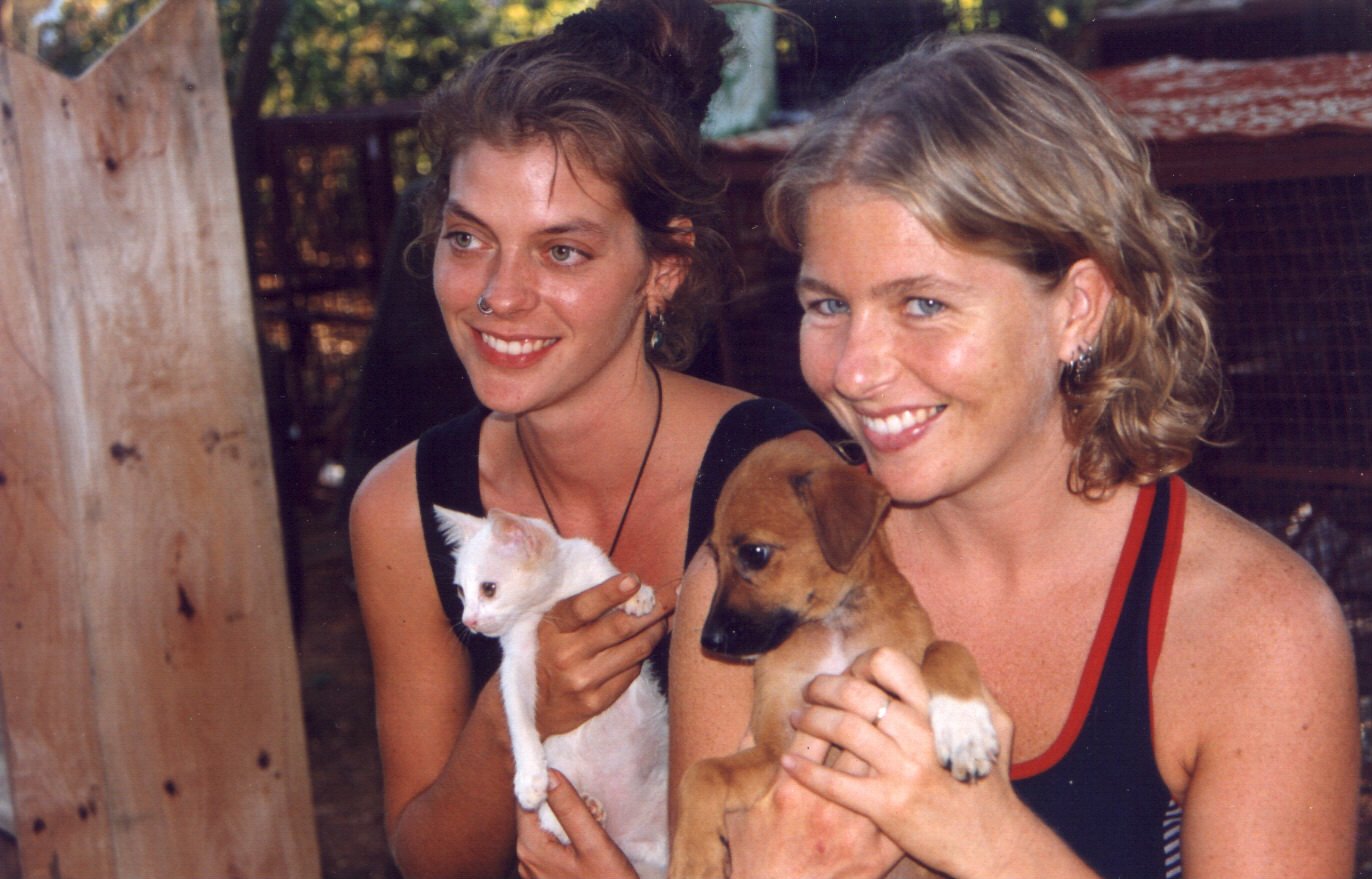
As wildfires, hurricanes, and droughts become more frequent, zoos provide emergency shelter for animals displaced by disaster. Staff are trained to care for injured or orphaned wildlife, offering temporary sanctuary while habitats recover. In some cases, zoos become permanent homes for creatures that cannot return to the wild. These rapid response efforts require coordination and expertise, demonstrating the adaptability and resourcefulness of modern zoos. The presence of a well-equipped zoo can make the difference between survival and extinction for animals caught in the crossfire of climate change.
Safeguarding Genetic Diversity
Zoos are treasure troves of genetic diversity, housing individuals from populations scattered and fragmented by habitat loss. Through international networks, zoos exchange animals and genetic material, carefully balancing bloodlines to avoid bottlenecks. This genetic management is essential for long-term survival, especially as wild populations dwindle. Frozen zoos—facilities that preserve genetic samples like sperm, eggs, and embryos—hold the promise of reviving species even after they disappear from the wild. In a world where every gene counts, zoos are vital reservoirs of life’s possibilities.
Building Global Conservation Networks

No single zoo can save a species alone. Worldwide, zoos collaborate through organizations like the World Association of Zoos and Aquariums, sharing knowledge, coordinating breeding programs, and funding fieldwork in far-flung corners of the globe. These partnerships amplify impact, pooling resources and expertise to tackle challenges that transcend borders. By working together, zoos build bridges between nations, scientists, and communities, showing that conservation is truly a global effort. Their collective strength makes ambitious projects—like saving the Sumatran rhino or the vaquita—possible.
Supporting Habitat Restoration
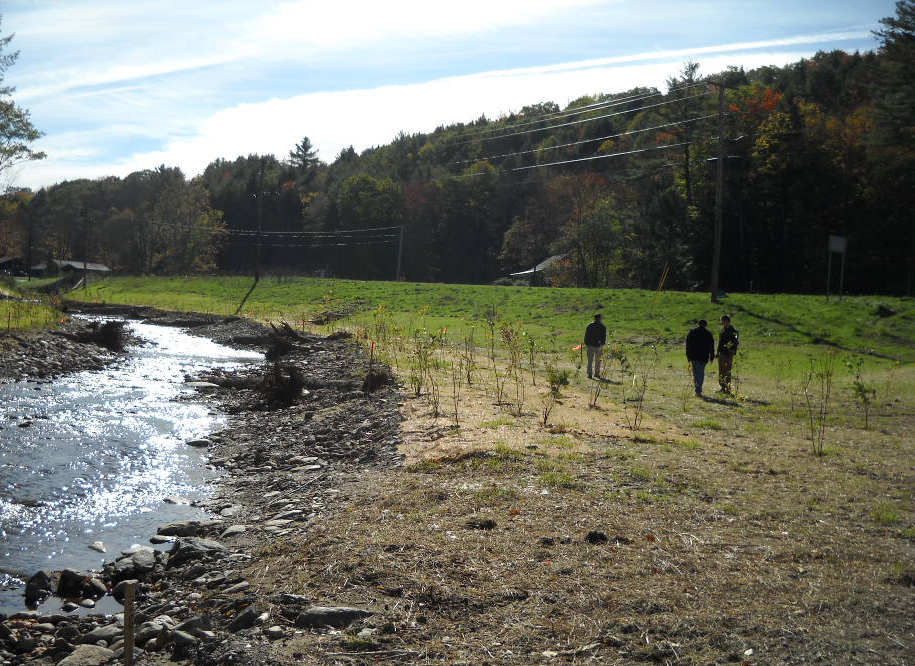
Many zoos invest directly in habitat restoration, recognizing that saving species means saving their homes. Funds raised through ticket sales and donations often support reforestation projects, anti-poaching patrols, and the removal of invasive species. Zoo-led teams may travel to remote areas to help rebuild wetlands, plant native trees, or monitor wildlife populations. By restoring ecosystems, zoos work to ensure that animals bred in captivity have a safe and viable place to return. This hands-on approach bridges the gap between captivity and the wild, creating hope for both animals and habitats.
Ethical Evolution: Rethinking Animal Welfare
Modern zoos are in the midst of an ethical transformation, prioritizing animal welfare like never before. Gone are the days of cramped cages and concrete enclosures. Today, the best zoos create immersive habitats that mimic natural environments, encouraging natural behaviors and reducing stress. Enrichment activities, from puzzle feeders to simulated hunting, keep animals mentally and physically engaged. This shift not only benefits the creatures in their care but also sets a standard for wildlife facilities worldwide. As public awareness grows, zoos are challenged to innovate and lead with compassion.
Zoos as Community Hubs for Resilience
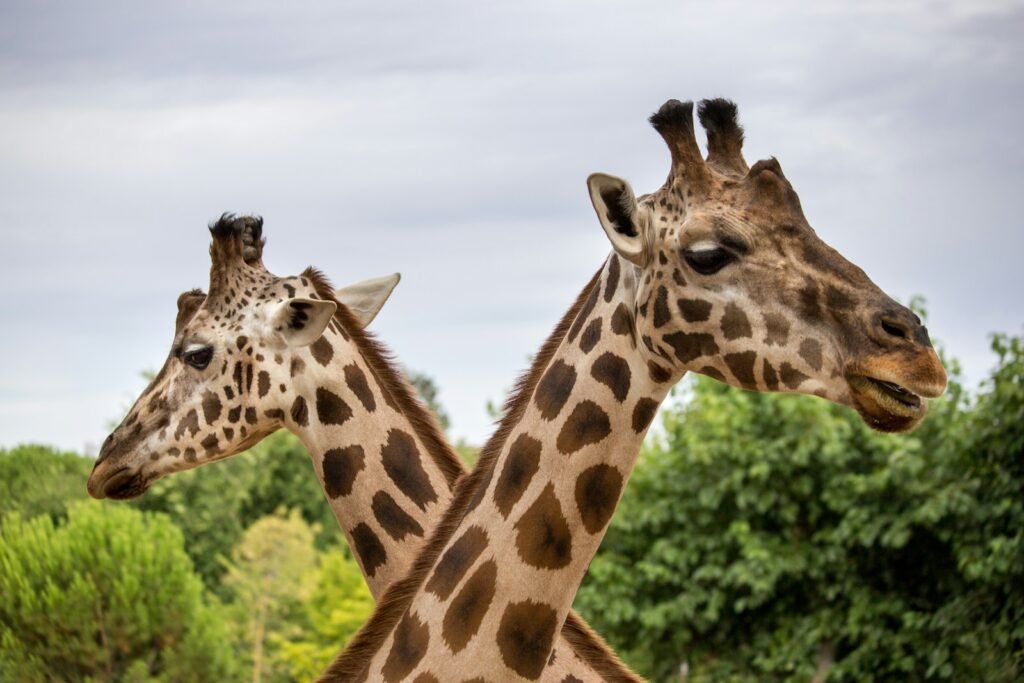
Zoos are emerging as centers for community resilience, offering green spaces, educational resources, and a sense of connection to the natural world. In cities choked by concrete, zoos provide oases of biodiversity where people can recharge and reconnect. During times of crisis, such as extreme heat waves or pandemics, zoos often support local initiatives, from food drives to mental health programs. By fostering a culture of stewardship and empathy, zoos help communities adapt to a changing climate—one visit, one conversation, one inspired action at a time.

